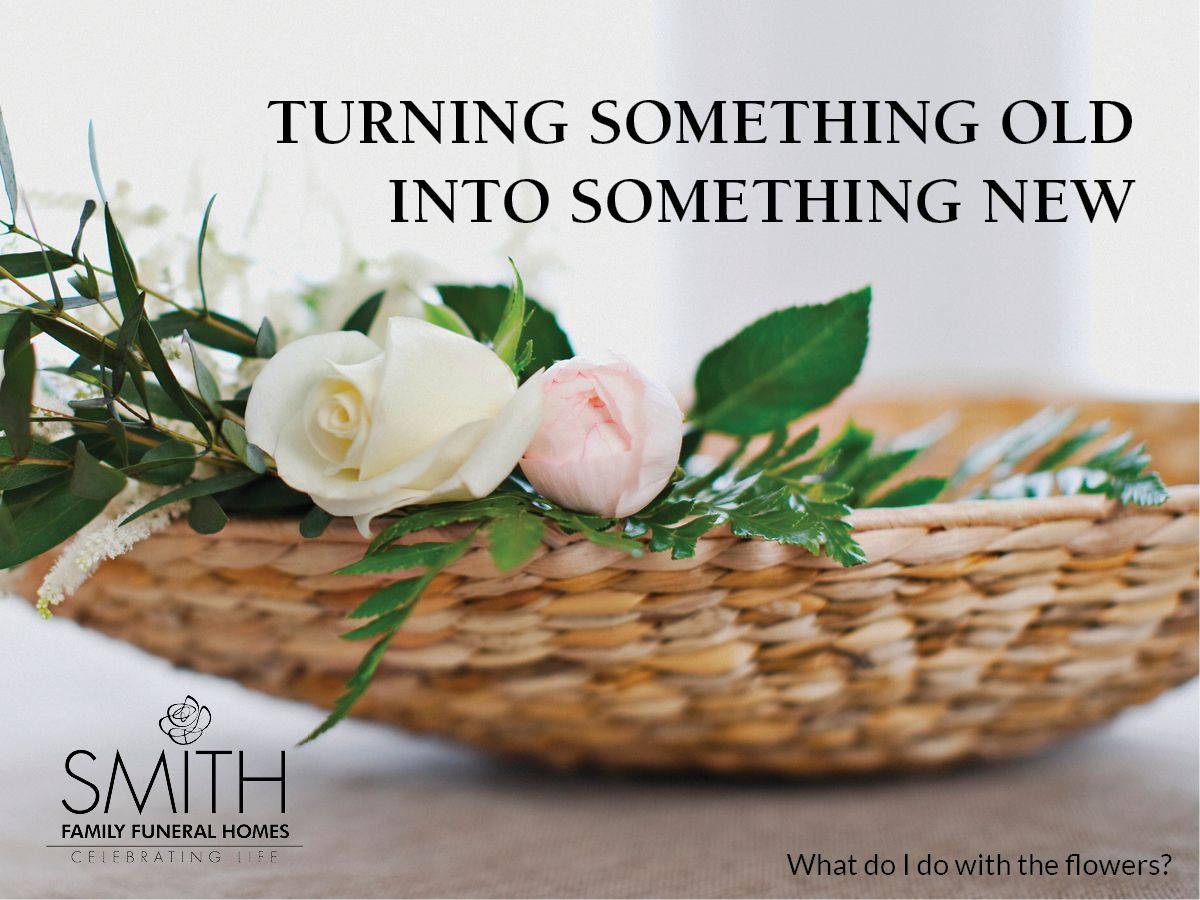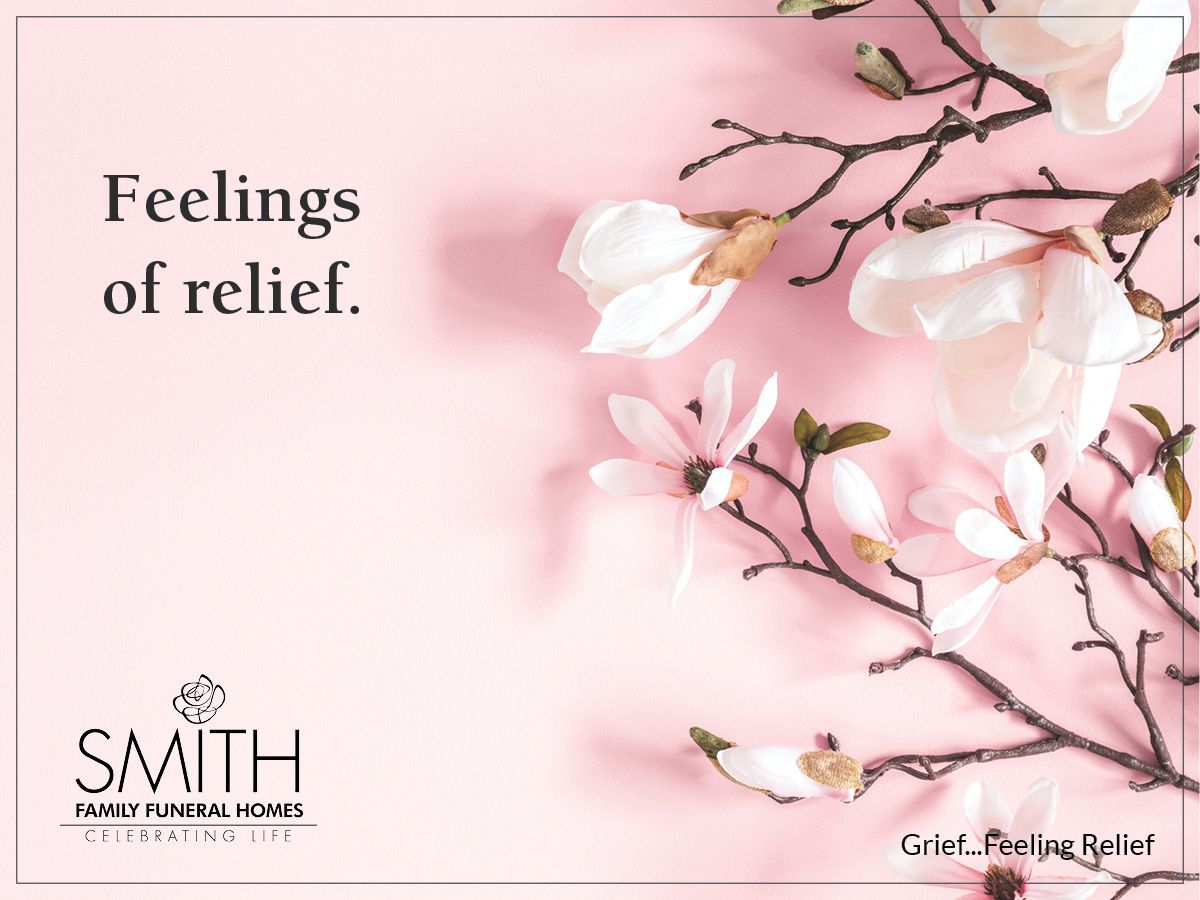Menu

When you lose a loved one, it’s hard to go back to everyday life. Things don’t feel normal. It can be hard to come to terms with them not being around, not just for the big moments but for the little things. You miss picking up the phone and hearing them at the other end. You miss how their famous dishes smelled or how they used to laugh so hard at their favorite movie. You miss them just being around.
That ache for a loved one’s presence to still be around is a big reason why funeral jewelry is so popular. Funeral jewelry comes in many forms and can be referred to as cremation jewelry, memorial jewelry, or even mourning jewelry. Let’s look at the history of funeral jewelry and how it exists today.
The History of Funeral Jewelry
Throughout history, every culture had a different way of saying goodbye to a loved one. And there’s reason to believe that many cultures also incorporated funeral jewelry into goodbyes. In fact, funeral jewelry may even predate recorded history.
One of the earliest examples of funeral jewelry was actually referred to as mourning jewelry, though there is a more common name: memento mori. The phrase means “remember you will die,” and it was meant to encourage people to think about their own mortality and to remember to pray for themselves and their loved ones.
During the Renaissance, memorial jewelry was more common, which didn’t keep any part of the physical being, but they were inscribed with the name and date of death of the person who had passed. These jewelry pieces were typically rings, and they were given to close family members and friends of the deceased.
Up until the reign of Queen Victoria, funeral jewelry was often very macabre. But the Queen was a great lover of romance and fashion. When any of her loved ones died, especially Prince Albert, she commissioned mourning jewelry filled with jewels. The pieces were grand and elaborate. They often had the name of the loved ones written on them, but some also contained things like locks of hair. As the trend of jewel-encrusted mourning jewelry spread through Queen Victoria’s court, the Queen had essentially started a new era of funeral jewelry.
In America, mourning jewelry was especially prevalent during wartime. Using pieces of hair, either in a locket or braided into earrings or necklaces, was particularly common. In the Victorian era, people believed that hair contained an immortal quality, but another helpful part of using hair was that it was an inexpensive way to have a loved one close to your heart. During the Civil War, men would leave locks of hair behind with their beloveds so that if they died, they could use the hair for mourning jewelry.
Funeral Jewelry of Today
Today, hair is still a common aspect of funeral jewelry, but there are many options to create a keepsake to remember a loved one. Cremation jewelry is one typical example, though it comes in two different forms. Traditionally, cremation jewelry is a piece of jewelry that contains a tiny bit of ashes of a loved one in a closed-off compartment. That compartment can additionally hold a lock of hair or dried funeral flowers. Lockets are a common choice, as they can also have a picture of the loved one.
Another option, though, is to commission cremation ash jewelry. This type of jewelry is actually made from the ashes of a loved one, rather than simply containing the ashes. Choosing this type of memorial item allows the wearer more say in what it looks like, and it could take several days to several weeks to make.
If your loved one is not cremated, memorial jewelry is still an option. This type of funeral jewelry does not contain ashes, but it may have an engraved photo or the thumbprint of your loved one.
It’s not just people who can be remembered with funeral jewelry. Many pet owners choose to carry a piece of a beloved pet with them after they pass, like a piece of jewelry with their pet’s pawprint or containing a lock of their fur.
There’s no right or wrong way to choose your funeral jewelry. What matters is what makes you feel closest to the person (or pet) who has passed. Funeral jewelry can be a small comfort for those missing someone, allowing them to feel like a piece of their loved one is with them always.
Smith Family Funeral Homes provides quality funeral, memorial and cremation services to the families of Central Arkansas. Their six locations can be found in Little Rock, North Little Rock, Westbrook, Sherwood, Benton and Arkadelphia. With a privately-owned crematory operated by licensed professionals, Smith Family Funeral Homes can guarantee their high standard of care throughout the cremation process. To learn more, visit smithfamilycares.com.













